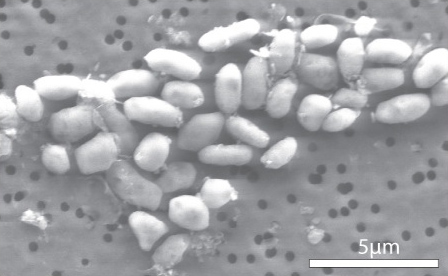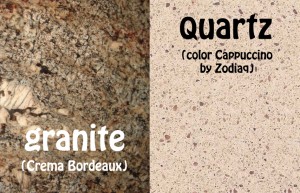It can sometimes be a pain ,or easy to forget to take our vitamins. It is however very important to take vitamins in capsule form if we are not getting all the essential ones in our diet. This is especially true to all the women who are planning on having a baby, or are involved in activities which may result in becoming pregnant. Folic acid is a vitamin which is very important to consume in order to ensure healthy development of the unborn child.
What is folic acid exactly? It is a B vitamin which is produced by bacteria. A vitamin is a substance which is vital to the healthy functioning of the body but cannot be created in sufficient amounts by the body, or perhaps by the body at all. Folic acid is a vitamin which must be ingested, either through diet or through capsule. Dark coloured vegetables such as spinach and broccoli, also beans and lentils are example of foods which are rich in folic acid.
This is a short video explaining some of the benefits of folic acid, and what foods we can eat to incorporate it in our diets:
Healthy Pregnancy, Healthy Baby: Folic Acid for Women
Okay, so now your plate is full of greens and beans… what good is this doing for the future child exactly? Folic acid contributes to development of the spine, skull and brain, which are self-explicably important to an individual’s daily function. In order to gain the maximum benefits of folic acid during pregnancy, it is a good idea to start incorporating it in the diet three months prior to the baby being conceived, and also the following three months.
What are some of the risks of becoming pregnant with a diet deficient in folic acid? As mentioned in the previous paragraph, folic acid is crucial to the development of the spine, skull and brain, so these areas specifically will suffer the consequences. Spina bifida, a condition where the spinal column doesn’t protect the spinal cord, and anencephaly, a condition where the brain does not develop, are two of the possible outcomes of a baby developing in a folic acid deficient environment.

Foods which are rich of folic acid
http://www.folicacid.ca/sites/default/files/image/greens.png
These are just a few of the benefits of consuming folic acid in our diets. There are many benefits which this vitamin provides, not related to a baby’s development. Folic acid is also linked to helping to maintain a healthy heart, and cancer prevention, among other things. So next time you hear someone bad mouthing broccoli, you can enlighten them with all the heroic qualities which these and other folic acid dense foods possess.
Chelsea Forbes
Cited Links:
http://womenshealth.gov/publications/our-publications/fact-sheet/folic-acid.cfm
http://www.phac-aspc.gc.ca/fa-af/index-eng.php
http://en.wikipedia.org/wiki/Folic_acid
Video from:https://www.youtube.com/watch?v=kg2xqK0Zy5c

























